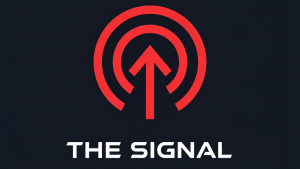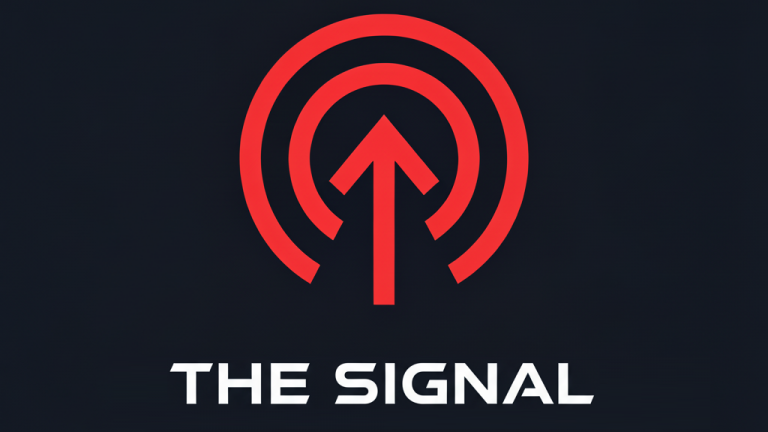Summary (TL;DR)
For investors, the key takeaway from recent OPEC+ announcements is that the group is prioritizing market share over high prices, opting to gradually increase oil production despite a backdrop of rising global supply and concerns over economic growth. This development is significant because it signals a strategic shift that could keep a lid on oil prices in the near term. Instead of cutting production to prop up prices as they have in the past, key OPEC+ members are slowly turning the taps back on, betting that they can manage a soft landing for the market while reclaiming their dominance.
The Core News (What Happened?)
On September 7, 2025, a core group of eight OPEC+ nations, including Saudi Arabia and Russia, announced they would proceed with a modest production increase of 137,000 barrels per day (bpd) starting in October. This move is part of a larger plan to gradually reverse the voluntary production cuts of 1.65 million bpd that were put in place in April 2023. This decision continues the trend of slowly adding supply back into a global market that many analysts believe is already well-supplied.
Background (Setting the Stage)
Coming into this month, investors and energy analysts were closely watching for any signals that OPEC+ might reconsider its production strategy in the face of a cooling global economy and robust supply growth from non-OPEC countries, particularly in the Americas. The prevailing expectation was that the group would be cautious. However, their decision to continue unwinding the cuts confirmed that their current focus is on regaining market share, even if it means accepting lower oil prices than they have previously targeted.
The Debate (The Bull vs. Bear Case)
This strategic shift has intensified the debate about the future direction of oil prices.

The Bull Case (The Optimistic View): On one hand, optimists believe that underlying demand, particularly from aviation, remains resilient. They argue that the announced production increase is minimal and will be easily absorbed by the market. Some bulls also point to simmering geopolitical tensions and the potential for new sanctions on major producers like Russia as factors that could quickly tighten supply and drive prices higher. Analysts at TD Economics have previously noted that OPEC+ has regained its position as a global swing producer and retains the ability to tighten markets if conditions change.

The Bear Case (The Cautious View): On the other hand, cautious voices, who currently dominate market sentiment, point to a looming supply glut. A recent report from the International Energy Agency (IEA) highlights that global oil supply is hitting record highs, driven by both OPEC+’s unwinding cuts and surging production from non-OPEC+ nations. They raise concerns that demand growth is forecast to be lackluster for the remainder of 2025 and into 2026. The consensus at the recent APPEC conference in Asia was heavily bearish, with participants expecting the combination of rising OPEC+ output and slowing demand to push prices lower.
By the Numbers (Key Data & Metrics)
- October Production Increase: 137,000 bpd (This is the modest, incremental increase agreed to by eight OPEC+ members).
- Total Voluntary Cuts Being Unwound: 1.65 million bpd (This is the total amount of production being gradually returned to the market from the April 2023 agreement).
- Global Oil Supply (August): 106.9 million bpd (A record high, according to the IEA, reflecting the continued increase in output).
- IEA Demand Growth Forecast (2025 & 2026): Approximately 700,000 bpd (This represents a significant slowdown in the rate of demand growth).
- Brent Crude Oil Price: Hovering around $67/barrel as of early September (Reflecting the bearish sentiment and well-supplied market).
Disclaimer: This article is for informational purposes only and does not constitute financial, investment, or legal advice. The information provided is a synthesis of publicly available data and expert analysis and should not be considered a recommendation to buy or sell any security. Investing in the stock market involves risk, including the possible loss of principal. Past performance is not indicative of future results. Readers should consult with a qualified financial advisor to determine an investment strategy that is suitable for their own personal financial situation and risk tolerance.



















